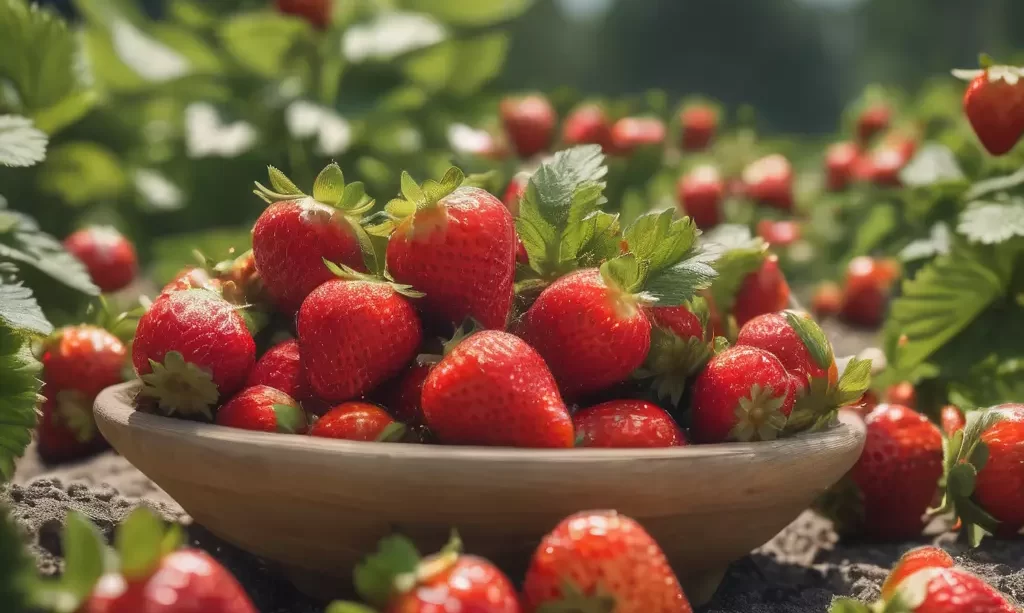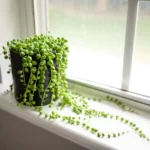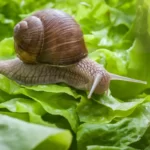Strawberries are a favorite among Pennsylvania gardeners, valued for their sweet taste and versatility. To achieve a bountiful harvest, it’s crucial to plant at the right time. This article provides guidance on the best planting schedule for strawberries in Pennsylvania, tailored to the state’s unique climate conditions.
Pennsylvania’s Climate and Planting Zones
Pennsylvania’s climate ranges from humid continental in the northern and western regions to humid subtropical in the southeastern part. This diversity affects gardening practices and crop viability, including strawberries. The state is divided into several USDA hardiness zones, each with its own specific planting windows. For strawberries, understanding your zone is essential for determining the most favorable planting period.
Optimal Planting Times for Strawberries in Pennsylvania
In Pennsylvania, the ideal time to plant strawberries is in early spring, typically around late March to early April. This timing allows the plants to establish themselves before the summer heat and be ready to produce fruit the following year. Planting strawberries at this time takes advantage of the cooler temperatures and moist conditions, which are conducive to root development.
In the colder northern and western parts of the state, gardeners may need to wait until mid-April or later to plant, ensuring that the risk of frost has passed and the soil is workable. In the warmer southeastern regions, planting can often start in late March.
The fall is another potential planting time for strawberries in Pennsylvania, especially in the milder southeastern regions. Planting in the fall, around September, allows the plants to develop strong root systems over the winter, though this requires careful management to protect the plants from cold winter temperatures.
Selecting Suitable Strawberry Varieties for Pennsylvania
Selecting the right strawberry varieties is crucial for a successful harvest in Pennsylvania. The state’s climate is conducive to several types of strawberries, including June-bearing, everbearing, and day-neutral varieties. June-bearing varieties like ‘Honeoye’ and ‘Allstar’ produce a large, concentrated crop in late spring and are well-suited to Pennsylvania’s spring climate.
Everbearing varieties, such as ‘Ozark Beauty’, and day-neutral varieties like ‘Seascape’ offer smaller but continuous harvests throughout the growing season. These types are ideal for gardeners who prefer a steady supply of berries.
When choosing strawberry varieties, consider factors such as flavor, berry size, and resistance to local pests and diseases. Varieties that are known to perform well in Pennsylvania’s climate will ensure a more robust and fruitful crop.
Soil Preparation and Site Selection
Strawberries thrive in well-drained, loamy soil with a slightly acidic pH, ideally between 5.5 and 6.5. Prior to planting, enrich the soil with organic matter like compost or well-rotted manure to improve fertility and texture. A soil test can be beneficial to tailor soil amendments to your garden’s specific needs.
Choose a sunny location for your strawberry bed, as strawberries require at least six to eight hours of direct sunlight per day. Good air circulation and a site that is not prone to frost pockets or waterlogging are also important considerations.
Planting Techniques for Strawberries
When planting strawberries in Pennsylvania, proper technique is important for ensuring healthy growth. Plant the strawberries so that the crown (the part of the plant where the roots meet the stems) is at the soil level and the roots are fully spread out in the hole.
Space the plants about 18 to 24 inches apart in rows that are spaced 3 to 4 feet apart. This spacing allows for adequate air circulation and room for the plants to spread. After planting, water the strawberry plants thoroughly to settle the soil around the roots.
Mulching with straw or pine needles after planting can help retain soil moisture, suppress weeds, and protect the plants during colder temperatures. Additionally, removing any flowers that appear during the first season can encourage stronger plant growth and better fruit production in the following year.
Care and Maintenance of Strawberry Plants
Proper care and maintenance are essential for a thriving strawberry crop in Pennsylvania. Consistent watering is crucial, especially during the establishment phase and the fruiting season. Strawberries require regular moisture but are susceptible to root rot, so it’s important to maintain well-drained soil. Aim to provide about 1 inch of water per week, adjusting as necessary during dry periods.
Fertilization is an important aspect of strawberry care. After planting, wait until growth begins to apply a balanced fertilizer. Then, apply a light fertilizer again after the first harvest is complete. Avoid over-fertilizing, especially with nitrogen, as this can lead to excessive leaf growth and fewer strawberries.
Mulching is beneficial for maintaining soil moisture, controlling weeds, and protecting roots from temperature extremes. Straw or pine needles are ideal mulch materials for strawberry beds.
Regularly check for pests and diseases, which can be common in Pennsylvania. Aphids, spider mites, and slugs are typical pests, while fungal diseases like powdery mildew and leaf spot can also affect strawberries. Employing appropriate organic or chemical controls as necessary and practicing good sanitation can help manage these issues.
Harvesting and Enjoying Strawberries
In Pennsylvania, strawberries typically ripen from late May to early June, depending on the variety and weather conditions. Harvest strawberries when they are fully red and have reached peak flavor. Gently twist the berries off the plant to avoid damaging the plant or the fruit.
Fresh strawberries are best enjoyed soon after picking, but they can also be stored in the refrigerator for a short period. For longer preservation, strawberries can be frozen, dried, or used in jams and preserves.
Conclusion
Growing strawberries in Pennsylvania can be a rewarding and enjoyable experience for gardeners of all skill levels. By understanding the appropriate planting times, selecting suitable varieties, and providing proper care throughout the growing season, you can enjoy a bountiful harvest of this beloved fruit. Whether eaten fresh, used in recipes, or preserved for later, strawberries offer a delightful addition to any Pennsylvania garden.



